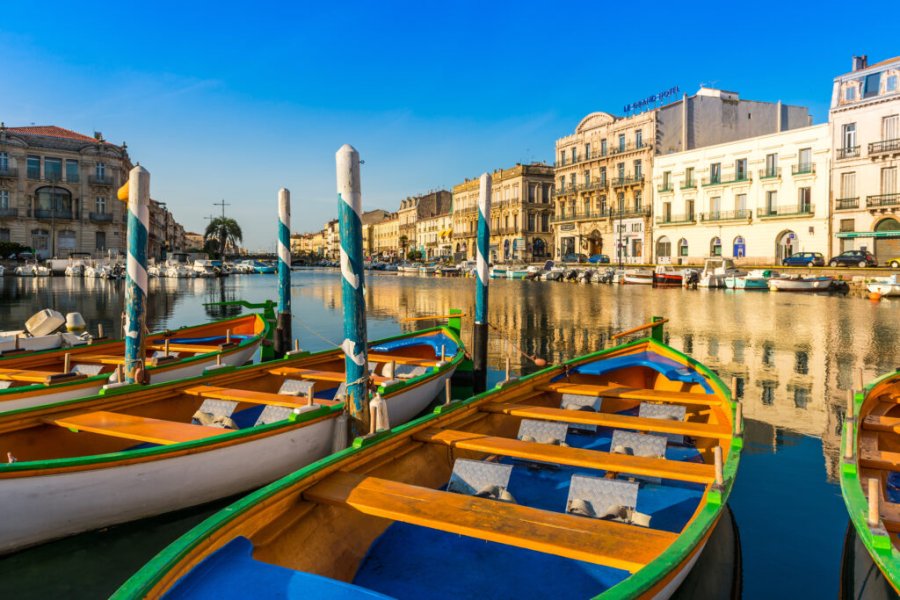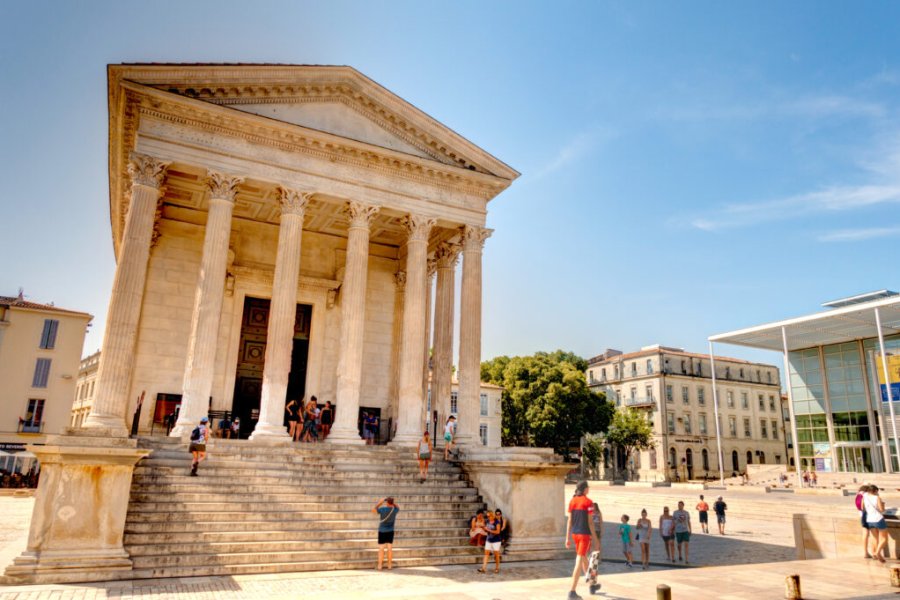Travel Guide Parc National De L’ichkeul
Find an accommodation
Advertising
Once a hunting reserve under the Hafsides dynasty, the park has been a Unesco World Heritage Site since 1980. Located southwest of Bizerte, the most famous national park of Tunisia and its lake of more than 9,000 ha seduce above all by their magnificent mountainous setting, while their immediate surroundings are arbitrary and the waters of the lake cloudy.One obtains beautiful points of view by the road of Teskraïa, in the north, or by the small road which climbs on the right, between Menzel Bourguiba and Mateur, above the southern bank.The park, to the west, is dominated by an extinct volcano. Classified as a "nature reserve", it is under the protection of the WWF (Wild World Foundation). It is one of the wintering areas of North African waterfowl, including very rare species of raptors, but also buffalo. The constitution of this rare ecosystem comes from the fact that in winter the streams feed the lake with fresh water and the salinity becomes low. The fauna and flora have adapted to it, hence the existence of rare and even unique species. Ducks, which migrate for the winter to find a mild temperature, thrive there in this season. The WWF museum is housed in a beautiful building decorated with mosaics, topped by turquoise domes. Thebest time to visit is in the spring, when you have the best chance to see birds, mammals and reptiles. Note that an authorization from the ONTT is required to visit the park.
Suggested addresses Parc National De L’ichkeul
Weather at the moment
Advertising
Organize your trip with our partners Parc National De L’ichkeul
Transportation
Book your plane tickets
Car Rental
Boat rental
Accommodation & stays
Find a hotel
Holiday rental
Find your campsite
Tailor-made trip
Immersion travel
Services / On site
Activities & visits
Find a doctor
Find unique Stay Offers with our Partners
Pictures and images Parc National De L’ichkeul
There are currently no photos for this destination.



